
What’s the best classic car? Even making a shortlist of the top 50 classic cars is tricky, so what hope is there of narrowing the search to just a few? One thing’s for sure: there are plenty to choose from.
According to Wikipedia, a classic car is ‘an older car, typically 25 years or older’. Using that definition, a car built in 1997 is now a classic car. If that doesn’t make you feel old, nothing will.
Some would argue that to be classed as a classic, a car must have left its mark on the industry. This could be via a technological breakthrough, success on the track or simply by selling in huge numbers. For example, a car that mobilised an entire nation is just as important as a seven-figure supercar.
With one eye on affordability, here are some of the best classic cars you can buy right now. Whether you’re thinking of buying your first classic or you fancy adding another vehicle to the fleet, these cars will look great at a show this summer.
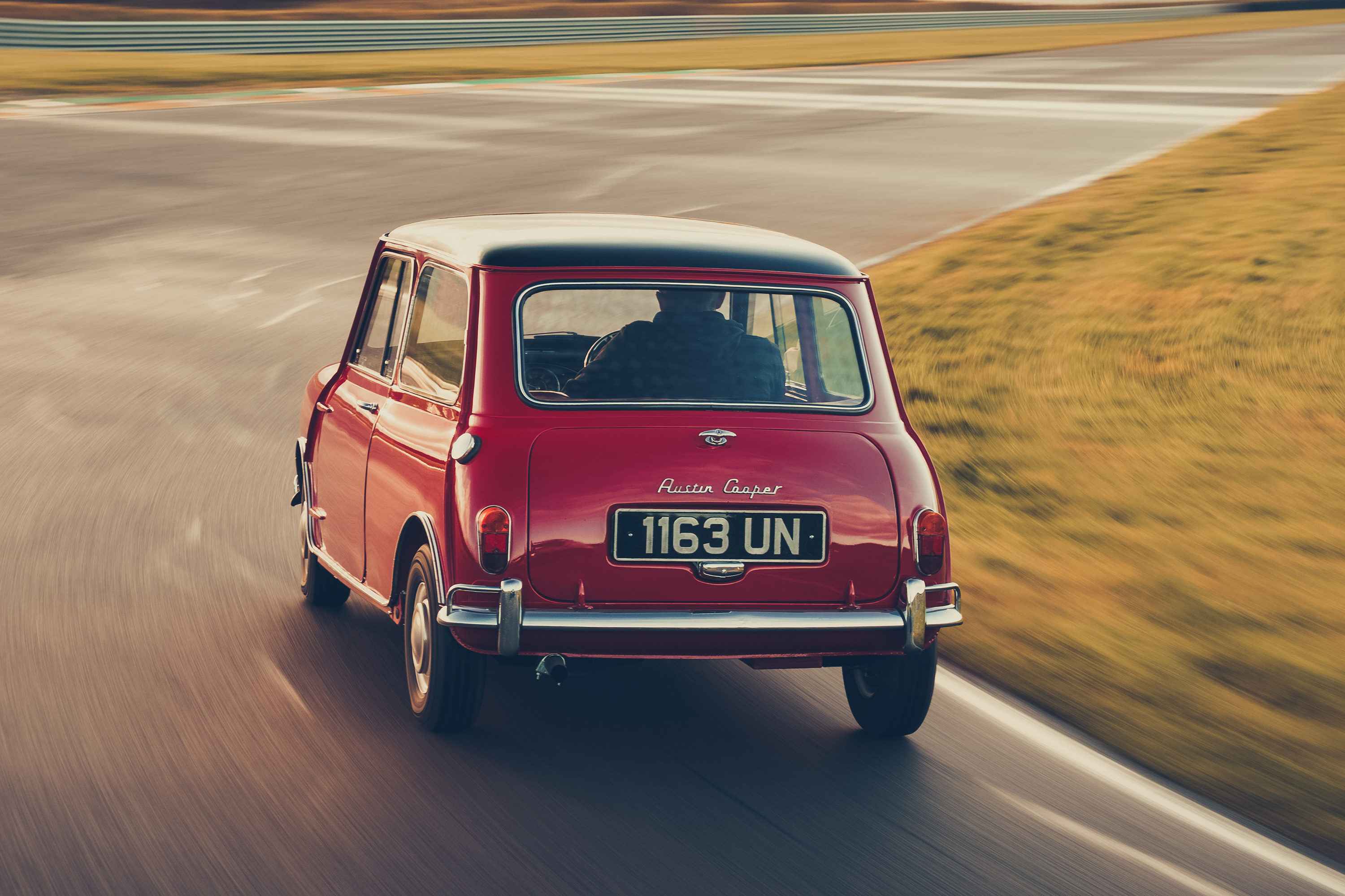
Mini
Originally badged as the Austin Se7en and Morris Mini-Minor, this landmark car is known the world over as the Mini. Launched in 1959 in response to the rise of the bubble car, the Mini won a legion of fans thanks to its clever packaging, cute styling and fun-to-drive dynamics. It didn’t matter if you were a student, catwalk model, rock star or pensioner – everyone loved it. British Leyland tried (and failed) to replace the Mini with the Metro, but its planned successor failed to capture the imagination quite like the original, so the Mini lived on until 2000.

Mercedes-Benz W123
Mercedes-Benz spent eight years developing the W123, the forerunner to the modern E-Class. The aim: to produce the best family car in the world. Even following the car’s launch in 1976, Mercedes-Benz continued to hone the W123, fine-tuning it until production ended in 1986. By then, it had spawned the company’s first estate car and an elegant two-door coupe. Some 2.8 million examples of the W123 were built across the world, with many still being used as daily classics, trusted workhorses and taxis. These are robust vehicles, but rust is an issue, so check for terminal corrosion before parting with your cash.
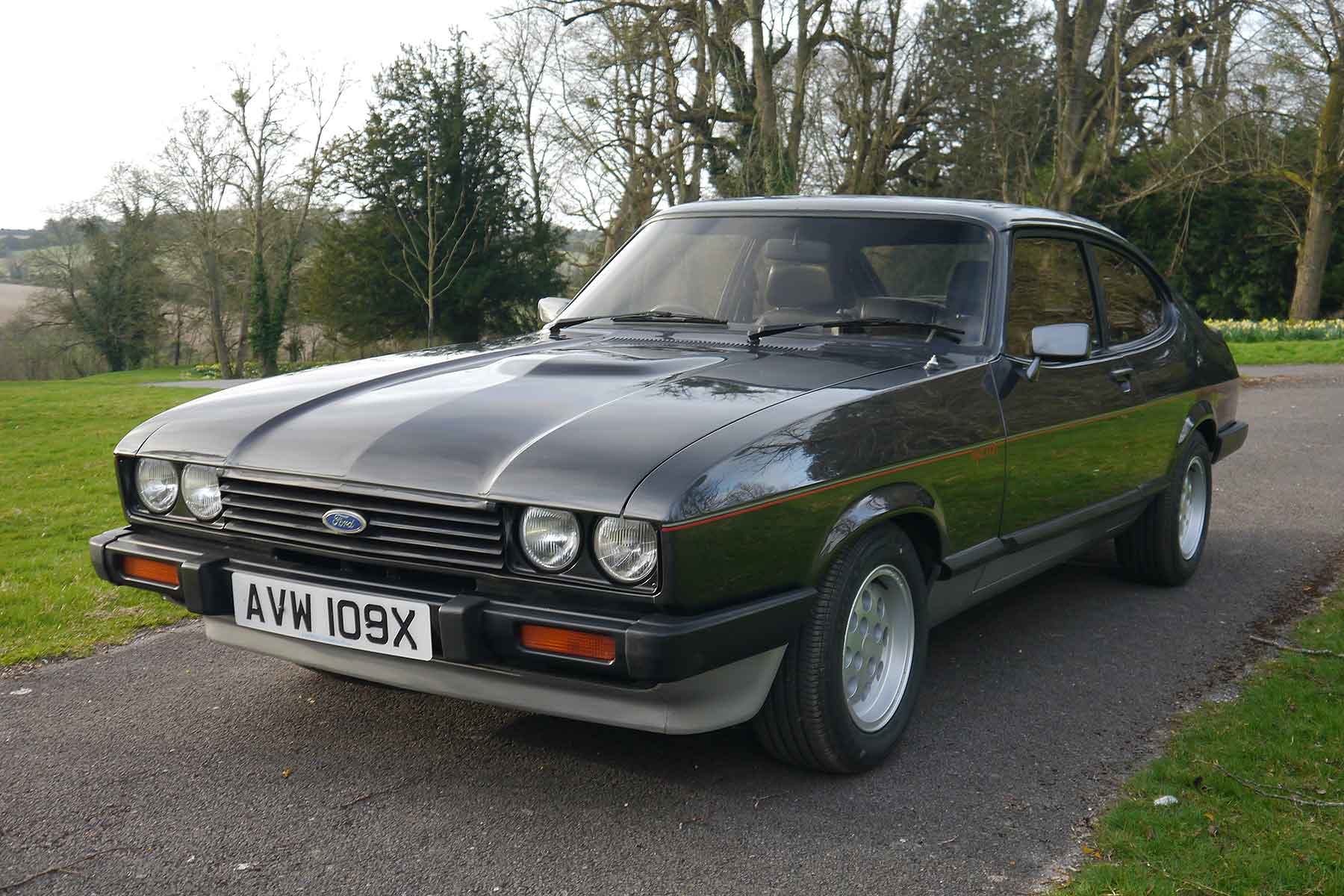
Ford Capri
It was billed as the car you always promised yourself. Launched in 1969, the Ford Capri was inspired by the Ford Mustang, and like its American cousin, it combined a humble platform with a sexy body. Buyers could select from a range of engines, from a lowly but affordable 1.3-litre to a mighty 3.0 V6. This approach continued throughout the Capri’s life, with the Mk3 bowing out with the 280 special edition. Nostalgia means that prices have been on the rise for a while, but four-cylinder versions are still relatively affordable. You’ll pay handsomely for a six-cylinder Capri.

MGB
The MGB is the archetypal British roadster. It’s also one of the first cars people think of whenever the subject of classic cars comes up in conversation. Exclusivity isn’t something you’ll enjoy when owning an MGB, but that’s no reason to dismiss it. The support network is superb, with parts in great supply, so a nut-and-bolt restoration isn’t off the cards. They’re also easy to work on, so the MGB is great if you fancy doing some light tinkering at the weekend. Opt for the roadster for some open-air fun or the stylish Pininfarina-designed GT for some ‘mini Aston Martin’ flair.
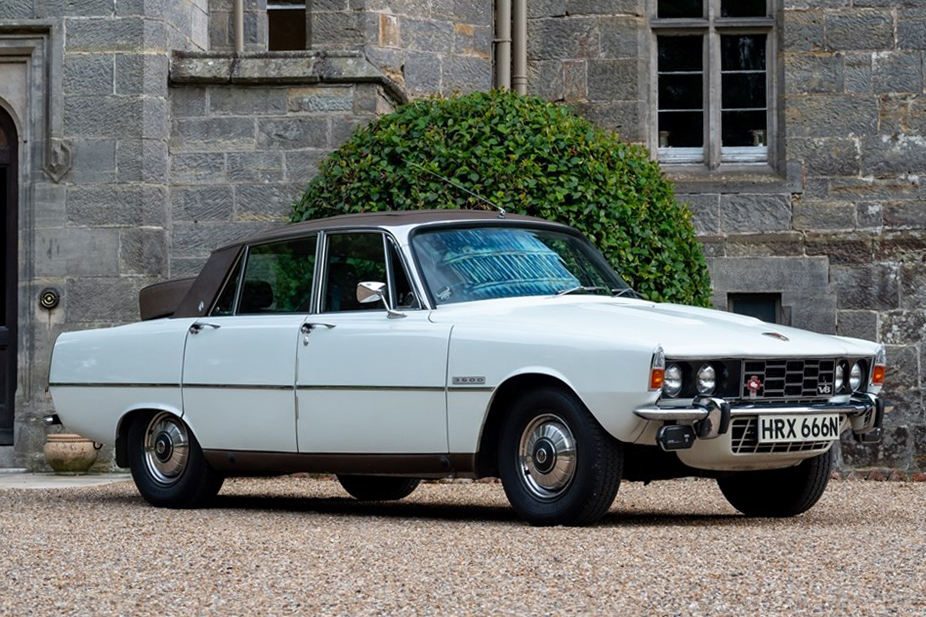
Rover P6
The winner of the inaugural European Car of the Year award in 1964, the Rover P6 was, in many ways, Britain’s answer to the iconic Citroen DS. Highlights included all-round disc brakes, an advanced suspension system, an ergonomically designed interior and innovative ‘safety frame’ construction, in which outer panels were bolted to a steel monocoque. The 2000 and 2200 models are ideal first-time classics, but the 3500 V8 is the one you really want. The ex-Buick engine makes all the right noises and gives the pioneering P6 the power it deserves. Production ended in 1977 when the P6 made way for the SD1.

Porsche Boxster
The Porsche 911 is one of the world’s best classic cars, but to borrow a phrase from Mr Tarrant, we don’t want to give you that. Not when the Porsche Boxster (986) is such an incredible sports car. Pub bores and internet forum ‘experts’ will tell you that the Boxster is little more than a ‘poor man’s Porsche’, but that’s nonsense. Launched in 1996, the Boxster was a game-changer for Porsche and the sports car sector, boasting sublime handling, excellent build quality and superb engines. The 2.5-litre motor is good, but the later 2.7 and 3.2 units are even better.

Triumph Vitesse
No list of great classic cars would be complete without a Triumph. The Spitfire, GT6 and Stag would be the obvious choices, but the Vitesse of 1962 to 1971 makes a lot of sense. Not to be confused with the Herald, the Triumph Vitesse boasted a beefed-up chassis, twin headlights and a choice of two six-cylinder engines. Early cars featured a 1.6-litre unit, but the later 2.0 versions are the most desirable. The Mk2, launched in 1968, was notable for its increased power, improved handling and more modern front grille. Parts are in good supply, but watch out for rust.
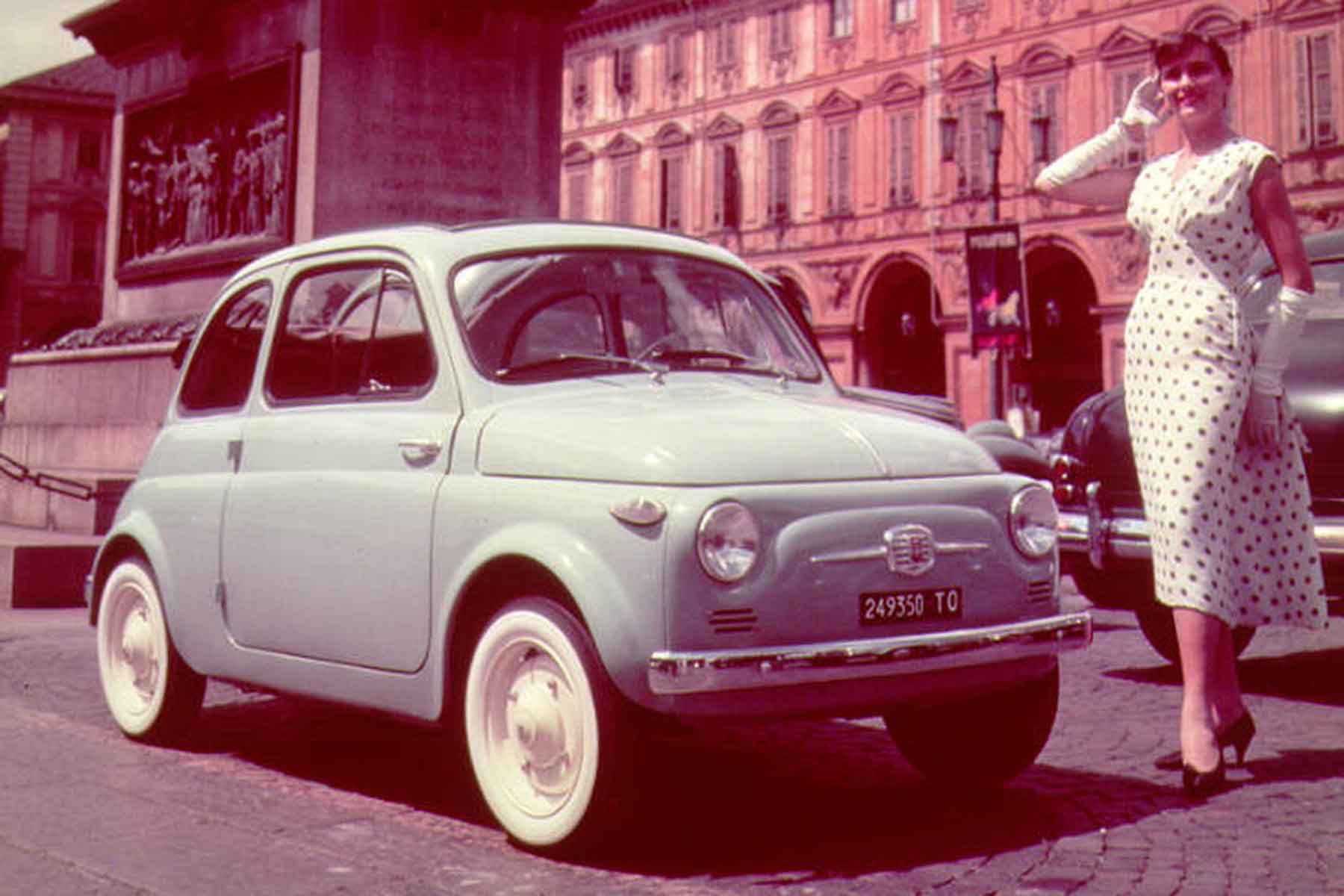
Fiat 500
The Fiat 500 got Italy on the road and enjoyed success across the world. It also happens to be one of the cutest and most adorable cars ever. Launched in 1957, the 500 – or Nuova 500, as it was known officially – combined basic mechanicals and a simple design in a uniquely Italian suit. It doesn’t matter that it was cramped, noisy and, by modern standards, unsafe, because it captured our imagination. Production continued until 1975, by which time nearly 3.5 million cars had rolled off the production line. Don’t expect to travel in a hurry, but you can look forward to many cheerful waves.
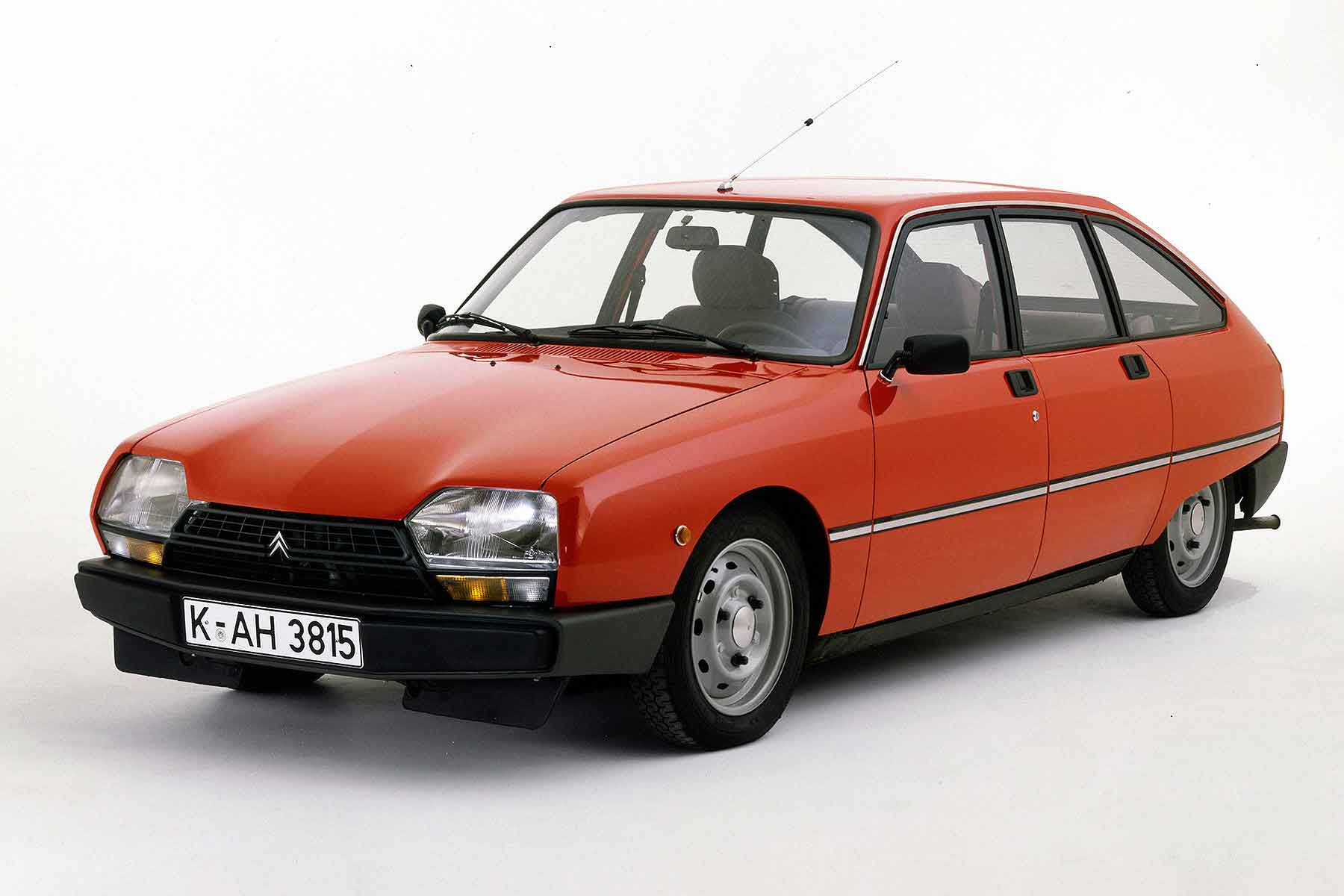
Citroen GS
Pick and choose from a number of innovative and technologically important Citroens: the Traction Avant, 2CV, DS, SM and CX, to name just a few. To that list, add the criminally underrated and often overlooked Citroen GS. It delivered some of the technological wizdrary of the DS to the masses, at a time when British buyers were having to ‘make do’ with the likes of the Morris Marina and Austin Allegro. The self-levelling suspension was a particular highlight, so it was no surprise when the GS romped home to victory at the 1971 European Car of the Year awards.
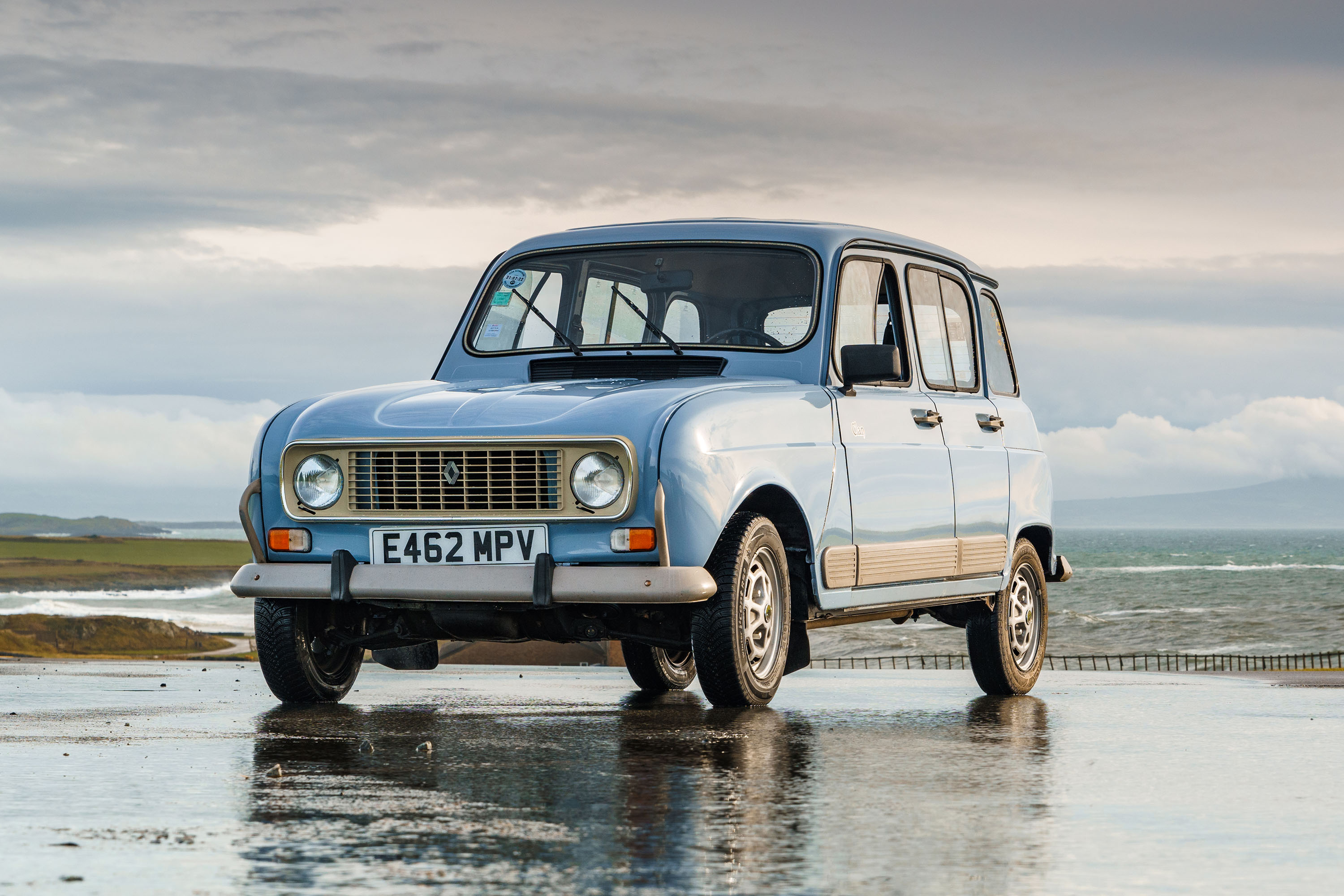
Renault 4
Launched in 1961, this was Renault’s answer to the Citroen 2CV. It was also one of the first hatchbacks, although Renault never marketed it as such. The wide-opening tailgate made it more versatile than the Citroen, and millions of French people would buy into the car’s blend of simplicity, practicality and comfort. Some 8.1 million Renault 4s were sold until 1992, in more than 100 countries around the world. Robust mechanicals and simple maintenance make this an ideal starter classic, especially if you import one from a drier region of France, where rust isn’t an issue.
What’s the best classic car in the world?
Many would say that the Jaguar E-type is the best classic car in the world. This is certainly true if we’re measuring things in terms of styling and impact on society. Other names in contention include the original Land Rover, Lamborghini Miura, Mini, Porsche 911, Citroen DS, Volkswagen Beetle, Ford Model T, Mercedes-Benz 300 SL ‘Gullwing’, Ferrari F40, Porsche 959 and, well the list goes on. This is something you need to discuss at your next dinner party.
What’s the best British classic car?
There are a number of cars in contention for the title of best British classic car. The Mini deserves a mention for its packaging brilliance, sales success and impact on society. Other names on the list include the original Land Rover, Jaguar E-type, Aston Martin DB5, Lotus Elan, Rolls-Royce Silver Shadow and McLaren F1. One day, we might say the British-built Nissan Qashqai is one of the best. Cat, meet pigeons.
What’s the best future classic car?
The current Toyota GR Yaris is all but guaranteed classic status, as are most performance cars and supercars. At a more mainstream level, the original Ford Focus warrants a mention for its impact on the family hatchback sector. Another car worthy of discussion is the Mk1 Audi TT, which still looks like a concept car for the road. For inspiring the modern breed of crossovers, the Nissan Qashqai is likely to become a classic.

